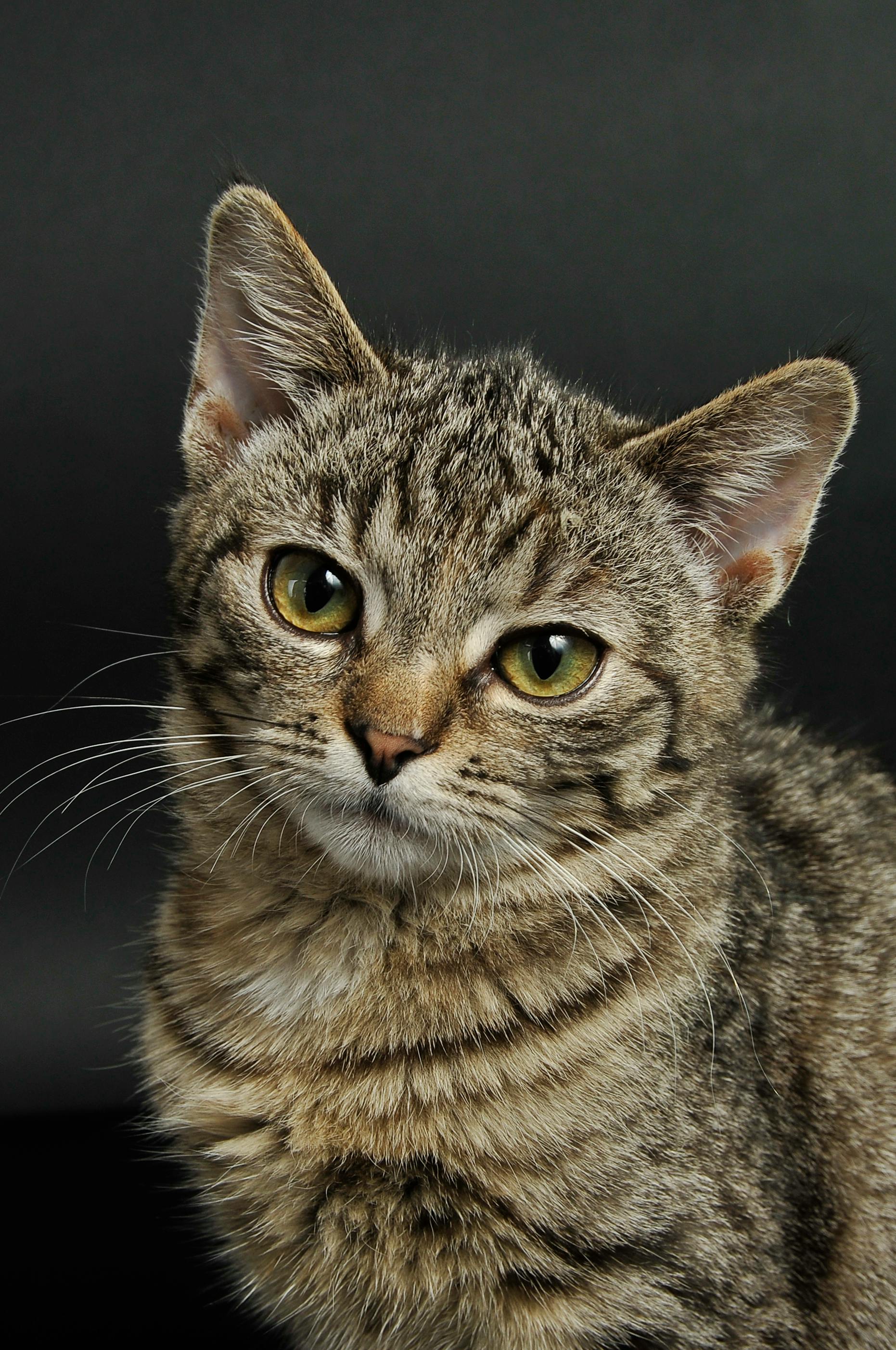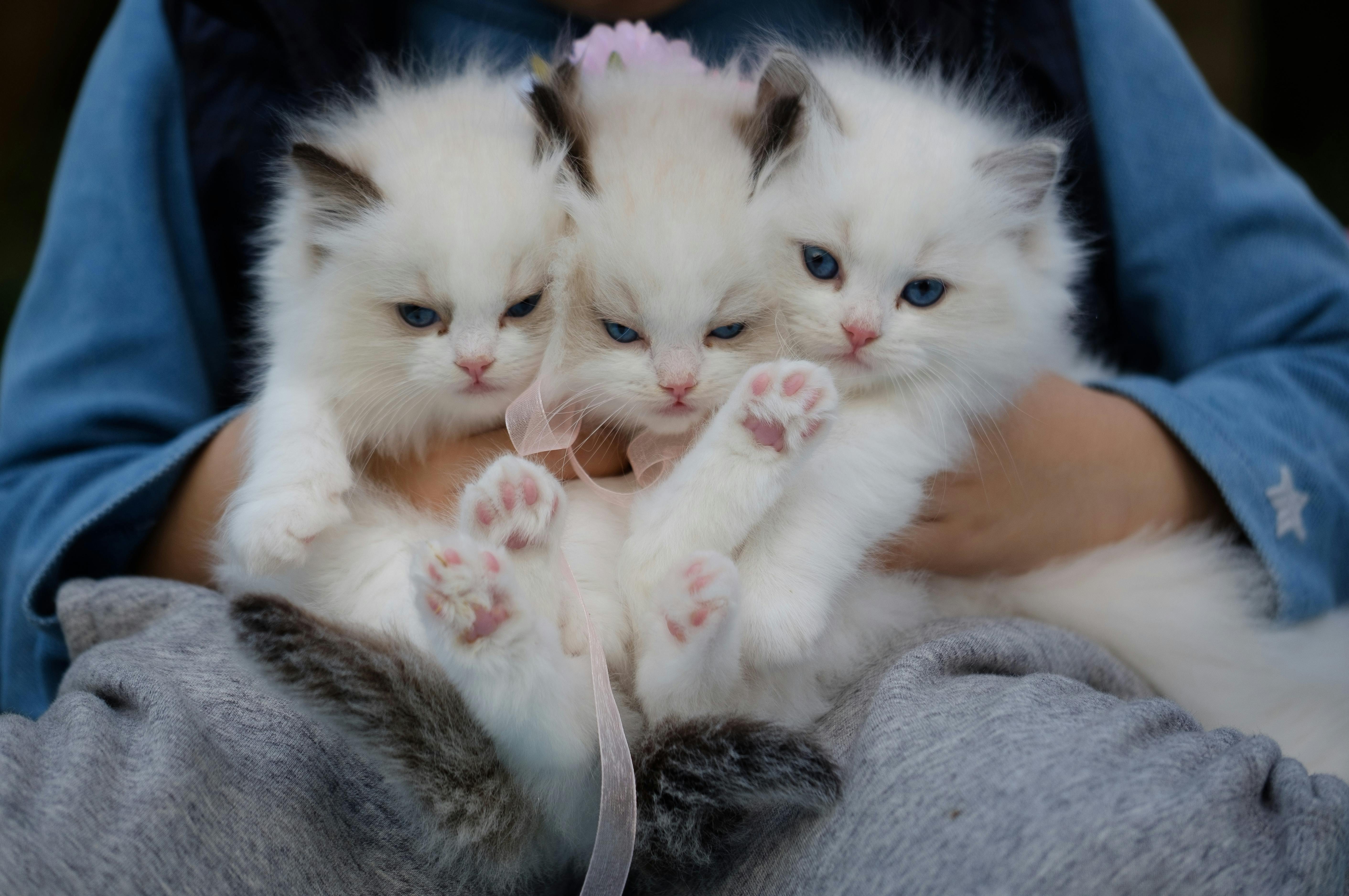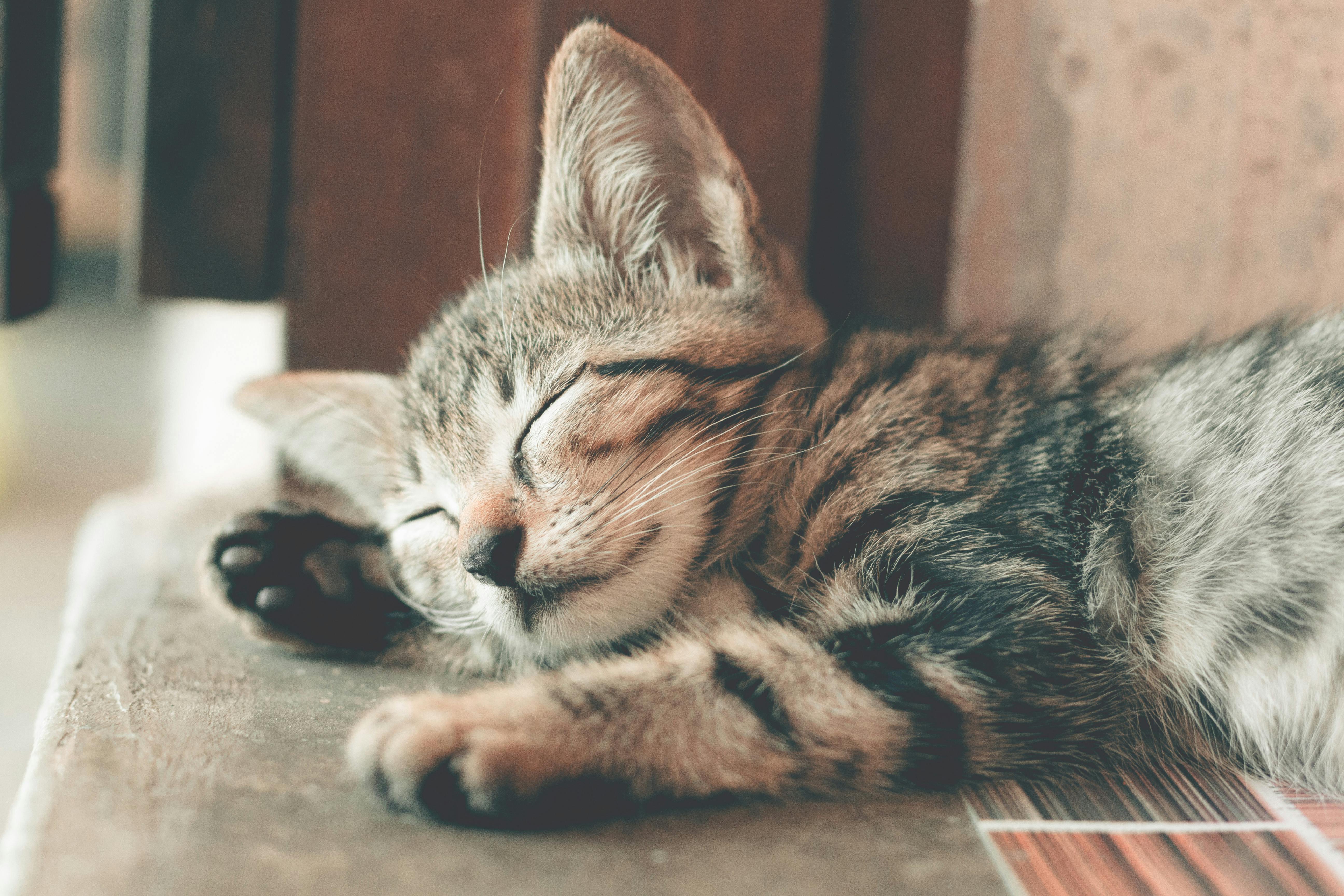Introduction: Decoding Your Cat’s Emotional World
Cats are masters of mystery, but their emotions—happiness, stress, fear, or curiosity—speak volumes if you know how to listen. At Cute Pets Lovers, we’re here to help you understand and respond to your cat’s feelings, creating a happier, healthier bond. Unlike simply spotting signs of affection, this guide dives into the full spectrum of cat emotions, offering practical tips to support their well-being. Backed by experts like ASPCA, we’ll explore body language, vocalizations, and actionable ways to nurture your cat. Ready to become your cat’s emotional ally? Let’s start!

A cat slow blinking, signaling happiness. Image source: Pexels (Free to use).
Why Understanding Cat Emotions Matters
Cats feel deeply, and their emotions influence their behavior and health. According to PetMD, recognizing emotions helps prevent stress-related issues like aggression or litter box problems. It also strengthens your bond, making your cat feel safe and understood. By responding to their feelings, you can address needs like comfort, stimulation, or space, improving their quality of life.
Every cat expresses emotions differently, so learning their unique cues is key. This guide covers common emotions and how to support them.

A cat resting on its owner’s lap. Image source: Pexels (Free to use).
Recognizing Common Cat Emotions
Happiness and Contentment
Happy cats show relaxed body language: slow blinks, upright tails, and soft purring. They may knead or nuzzle you, indicating trust. Respond with gentle petting or play to reinforce their joy.
Stress and Anxiety
Stress signs include flattened ears, dilated pupils, or hiding. Causes might include loud noises or new environments. Offer a quiet space and avoid forcing interaction.
Fear
Fearful cats crouch, puff up their fur, or hiss. Remove stressors (e.g., vacuum cleaners) and give them time to calm down.
Curiosity
Curious cats have perked ears and wide eyes, often exploring new objects. Encourage this with safe toys or enrichment activities.

A curious cat exploring with perked ears. Image source: Pexels (Free to use).
How to Respond to Your Cat’s Emotions
Supporting Happiness
Encourage happy emotions with playtime, treats, or cozy spots. Feather wands or puzzle toys stimulate their mind, as recommended by Humane Society.
Easing Stress and Anxiety
Create a calm environment with quiet spaces, pheromone diffusers, or soft music. Avoid sudden changes to their routine.
Addressing Fear
Never force a fearful cat to interact. Offer hiding spots like a cardboard box and approach slowly with treats.
Nurturing Curiosity
Provide safe exploration opportunities, like cat trees or window perches, to satisfy their curiosity without risk.

A cat hiding in a box to feel secure. Image source: Pexels (Free to use).
Building Emotional Awareness Through Interaction
Playtime as Emotional Expression
Play reflects your cat’s mood. A happy cat chases toys energetically, while a stressed cat may ignore them. Use interactive toys like laser pointers to gauge their emotions.
Grooming for Comfort
Gentle brushing can soothe a stressed cat or reinforce happiness. Use a soft brush and stop if they show discomfort.
Routine for Stability
Consistent feeding and play schedules reduce anxiety. Cats thrive on predictability, which fosters emotional security.

A cat playing joyfully with a toy. Image source: Pexels (Free to use).
Special Considerations for Cat Emotions
Kittens
Kittens are curious but easily overwhelmed. Introduce stimuli gradually and use play to build confidence.
Senior Cats
Older cats may show more stress due to health issues. Monitor for changes and provide extra comfort, like warm bedding.
Rescued Cats
Rescued cats may be fearful due to past trauma. Be patient, offering safe spaces and slow introductions to build trust.
When to Seek Professional Help
Persistent stress, fear, or sudden behavioral changes may signal health issues. Consult a vet or behaviorist, using resources like AVMA to find experts. Early intervention can address underlying problems affecting emotions.

Comforting a stressed cat with gentle care. Image source: Pexels (Free to use).
Practical Tips for Emotional Bonding
- Observe Daily: Note your cat’s body language and vocalizations to track their mood.
- Create Enrichment: Offer toys, scratching posts, or window perches to keep them engaged.
- Be Patient: Let your cat set the pace for interaction to build trust.
Have you noticed your cat’s unique emotional cues? Share your experiences in the comments!
Conclusion: Be Your Cat’s Emotional Ally
Understanding and responding to your cat’s emotions creates a deeper, more fulfilling bond. From spotting happiness to easing stress, these tips help you support your feline friend’s well-being. At Cute Pets Lovers, we’re dedicated to helping you nurture your cat’s emotional health. Start applying these strategies today, and share your cat’s emotional journey in the comments! Let’s make every moment with your cat a happy one!
Join our cat-loving community! Visit Cute Pets Lovers for more ways to care for your pet!
